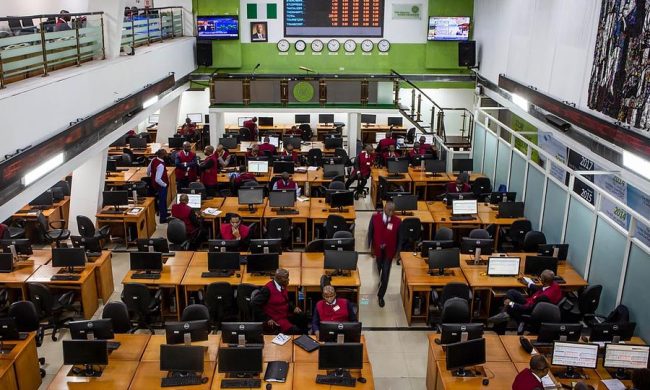The United States of America Dollar, on Monday, July 3, recovered, hitting a six-week high against the yen as higher U.S. government bond yields helped halt a run of losses that added up to the currency’s worst quarter since 2010.
The greenback gained 0.6 percent to break above 113 yen JPY= for the first time since mid-May. It rose half a percent to $1.1373 per euro EUR=, generating a similar gain for the basket of currencies used to measure its broader strength. .DXY
Signs of a shift towards policy tightening last week from central bank officials outside the United States drove the euro above $1.14 to its highest in over a year, but the support of higher market interest rates continues to favor the greenback.
German 10-year bond yields have jumped more than 20 basis points in the past week but remain close to 2 full percentage points lower than their U.S. equivalent. Yen yields are another 40 basis points lower.
“The reason why U.S. yields have gone up is important: they have been following European yields higher in the past week,” said Sam Lynton-Brown, a strategist with BNP Paribas in London.
“What that tells you is that dollar yen is the safest dollar long and dollar yen is near the highs. Our base case remains that U.S. data rebounds sufficiently to allow the market to price in more (tightening) from the Fed than it does currently.”
“Even as significant parts of rest of the world has been hawkishly repriced, pushing the broad USD to fresh lows, none of these developments invalidate the thesis that U.S. rates need to more fully price in the Fed (raising rates),” JP Morgan’s Daniel Hui said in a weekly note on FX markets.
“Retaining some form of long USD exposure on Fed repricing still makes sense.”
Ahead of Tuesday’s meeting of Sweden’s Riksbank, Hui was also the latest analyst to recommend buying the crown, in this case against the yen, on the expectation that the central bank may also turn more hawkish on the policy outlook, Reuters reports.
Any shift in the wording of the Reserve Bank of Australia’s statement, also early on Tuesday European time, may also support the Aussie, which was 0.8 percent off last week’s highs on Monday. AUD=
Data on Monday went against sterling, which fell around half a percent in morning trade in London after a dip to a three-month low in the PMI index of manufacturing sector purchasing managers, far worse than expected.












